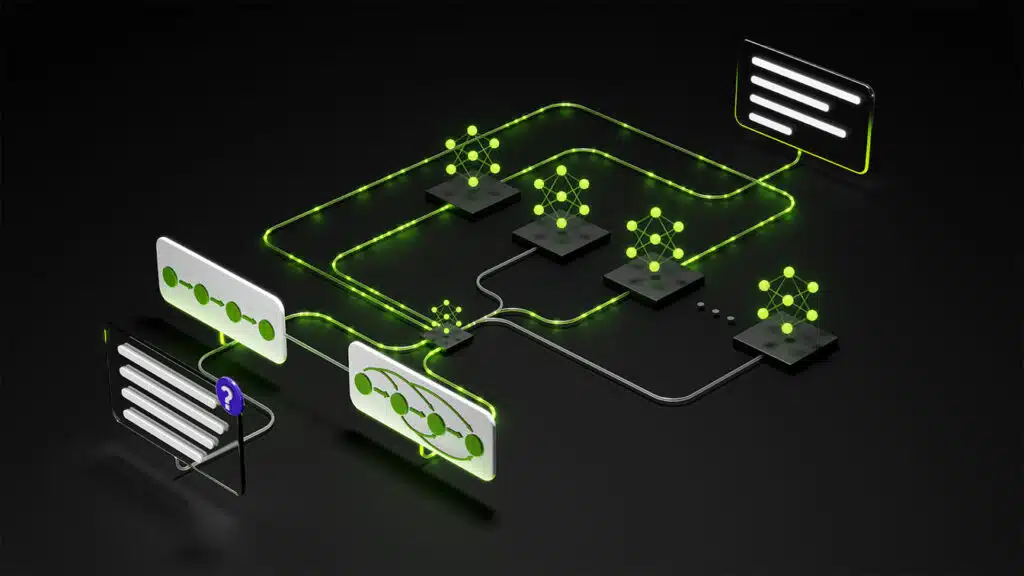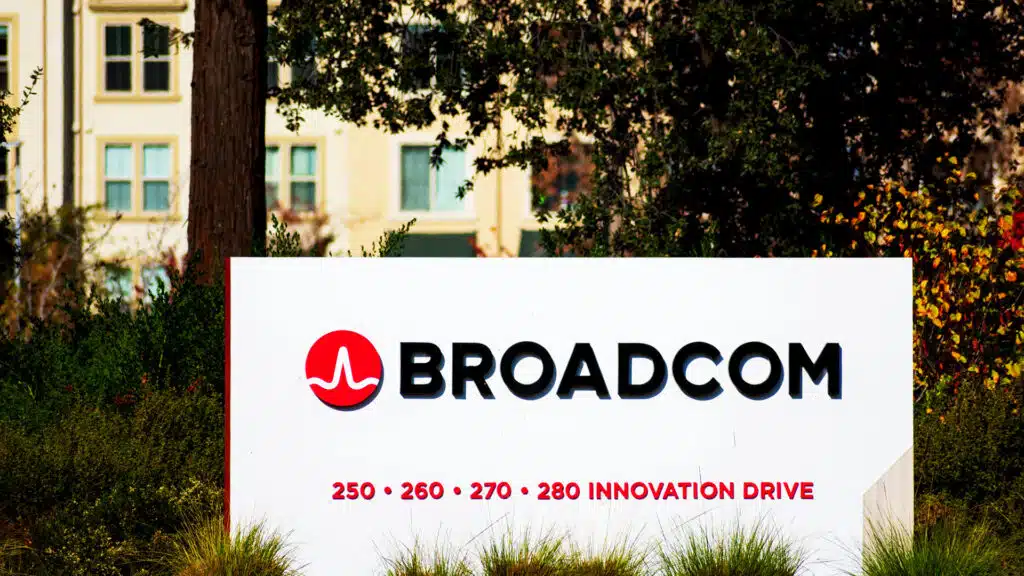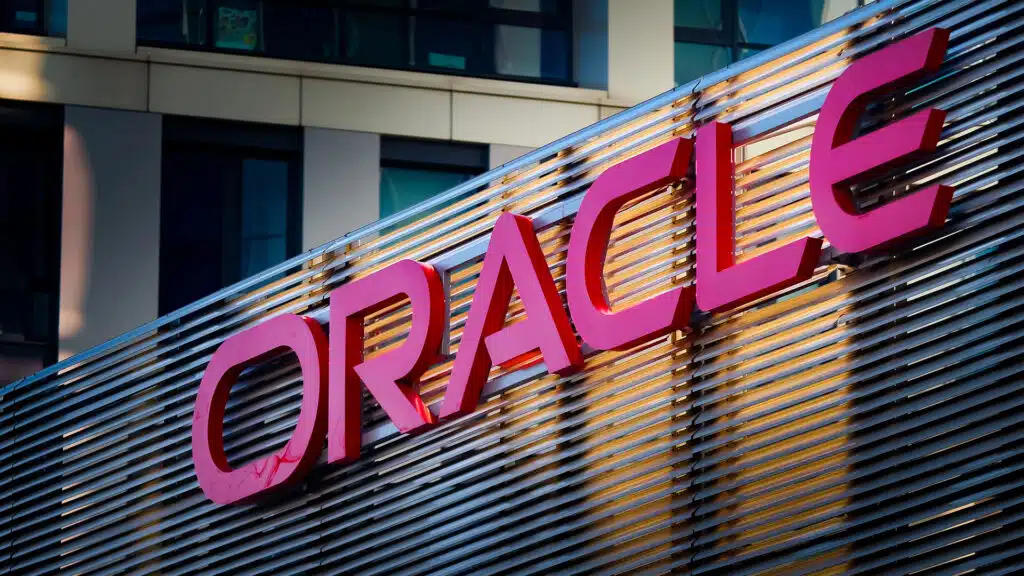The News: Observability market leader Dynatrace has announced its intention to acquire Runecast. For the full announcement click here.
Dynatrace Announces Intention to Acquire Runecast
Analyst Take: The observability market has been evolving rapidly in recent years, driven by the need for organizations to gain deeper insights into their complex, cloud-native environments. This market encompasses two essential components: application modernization and foundational operational support. Moreover, the introduction of AI has disrupted the landscape by enabling more intelligent and automated approaches to observability. This blog post delves into a significant announcement in this space, where Dynatrace, a leader in unified observability and security, has signed a definitive agreement to acquire Runecast, a provider of AI-powered security and compliance solutions.
Market Context: The Evolving Observability Landscape
Observability is crucial for organizations as they navigate the complexities of modern IT environments. The shift to cloud-native technologies has revolutionized the way businesses operate, enabling agility and scalability like never before. However, it has also introduced new challenges, particularly in the realm of security and compliance. The observability market addresses these challenges by providing tools and solutions that help organizations gain insights into their applications, infrastructure, and security posture.
One key aspect of this market is the need for a unified, context-rich approach. Organizations require observability platforms that can seamlessly integrate with existing tools, eliminate security gaps, and provide a holistic view of their hybrid and multi-cloud ecosystems. This is where AI has come into play, transforming observability by automating tasks, offering real-time insights, and enhancing security and compliance measures.
Dynatrace Acquires Runecast
Dynatrace’s recent announcement to acquire Runecast is a significant move that aims to address the evolving needs of organizations in the observability market. Runecast is known for its AI-powered security and compliance solutions, which align perfectly with Dynatrace’s vision of providing a unified observability and security platform.
With this acquisition, Dynatrace plans to enhance its platform’s capabilities by integrating Runecast’s security posture management. This integration will empower customers to proactively address risks related to misconfigurations and compliance violations in their hybrid and multi-cloud environments. The power of AI-driven, automated, real-time vulnerability assessments will be at their fingertips, enabling organizations to strengthen their security posture.
Additionally, the acquisition will enable customers to perform threat detection and incident response with comprehensive context. They will have visibility into security vulnerabilities, affected applications, risk levels, and attack vectors, providing them with the necessary information to make informed decisions and take swift action when security incidents occur.
Impact on Development
The acquisition also holds promising implications for developers within organizations leveraging Dynatrace’s services. By integrating Runecast’s capabilities into Dynatrace’s platform, developers will gain valuable insights into security vulnerabilities and compliance issues early in the development lifecycle. This proactive approach allows developers to address security concerns before they escalate, reducing the likelihood of introducing vulnerabilities into production environments. Moreover, the seamless integration of security posture management into the observability platform streamlines workflows for developers, enabling them to focus more on innovation and less on security concerns.
Furthermore, the acquisition signifies a broader trend within the software development landscape, where observability and security are increasingly intertwined. Developers are now required to ensure the performance and reliability of their applications and prioritize security from the outset. With Dynatrace’s expanded offerings post-acquisition, developers can leverage AI-driven insights to fortify their applications against potential threats, fostering a culture of security-by-design within their development processes. Ultimately, the acquisition of Runecast by Dynatrace underscores the growing importance of security in observability and highlights developers’ pivotal role in safeguarding digital ecosystems against emerging threats.
Looking Ahead
The acquisition of Runecast by Dynatrace signifies a growing trend in the observability market, where AI-driven solutions are becoming increasingly essential. It is not just about monitoring and analyzing data; it is about proactively identifying and mitigating risks, ensuring compliance, and enhancing overall security.
This move by Dynatrace is also contextualized by other significant developments in the industry, such as Cisco’s acquisition of Splunk. These acquisitions highlight the industry’s recognition of observability’s critical role in the digital era. Companies invest in technologies and solutions that provide end-to-end protection, detection, and response.
Dynatrace’s differentiation lies in its ability to leverage contextual observability and security analytics for cloud-native applications. This enables users to identify vulnerabilities and threats automatically and measure and improve risk exposure and compliance status. With the integration of Runecast’s technology, Dynatrace aims to elevate its runtime vulnerability analytics and protection, helping customers always keep their cloud environments audit-ready.
The observability market is evolving rapidly, and AI is at the forefront of this transformation. Dynatrace’s acquisition of Runecast is a strategic move to enhance its observability and security platform, empowering organizations to navigate the complexities of modern IT environments confidently. As we look ahead, it’s clear that observability will continue to play a pivotal role in ensuring the reliability, security, and compliance of cloud-native applications. This acquisition is a testament to the industry’s commitment to providing comprehensive solutions that meet the ever-changing needs of organizations in a digital-first world.
Disclosure: The Futurum Group is a research and advisory firm that engages or has engaged in research, analysis, and advisory services with many technology companies, including those mentioned in this article. The author does not hold any equity positions with any company mentioned in this article.
Analysis and opinions expressed herein are specific to the analyst individually and data and other information that might have been provided for validation, not those of The Futurum Group as a whole.
Other Insights from The Futurum Group:
Application Development and Modernization
The Evolving Role of Developers in the AI Revolution
Revolutionizing Cloud-Native Apps through WebAssembly Development








